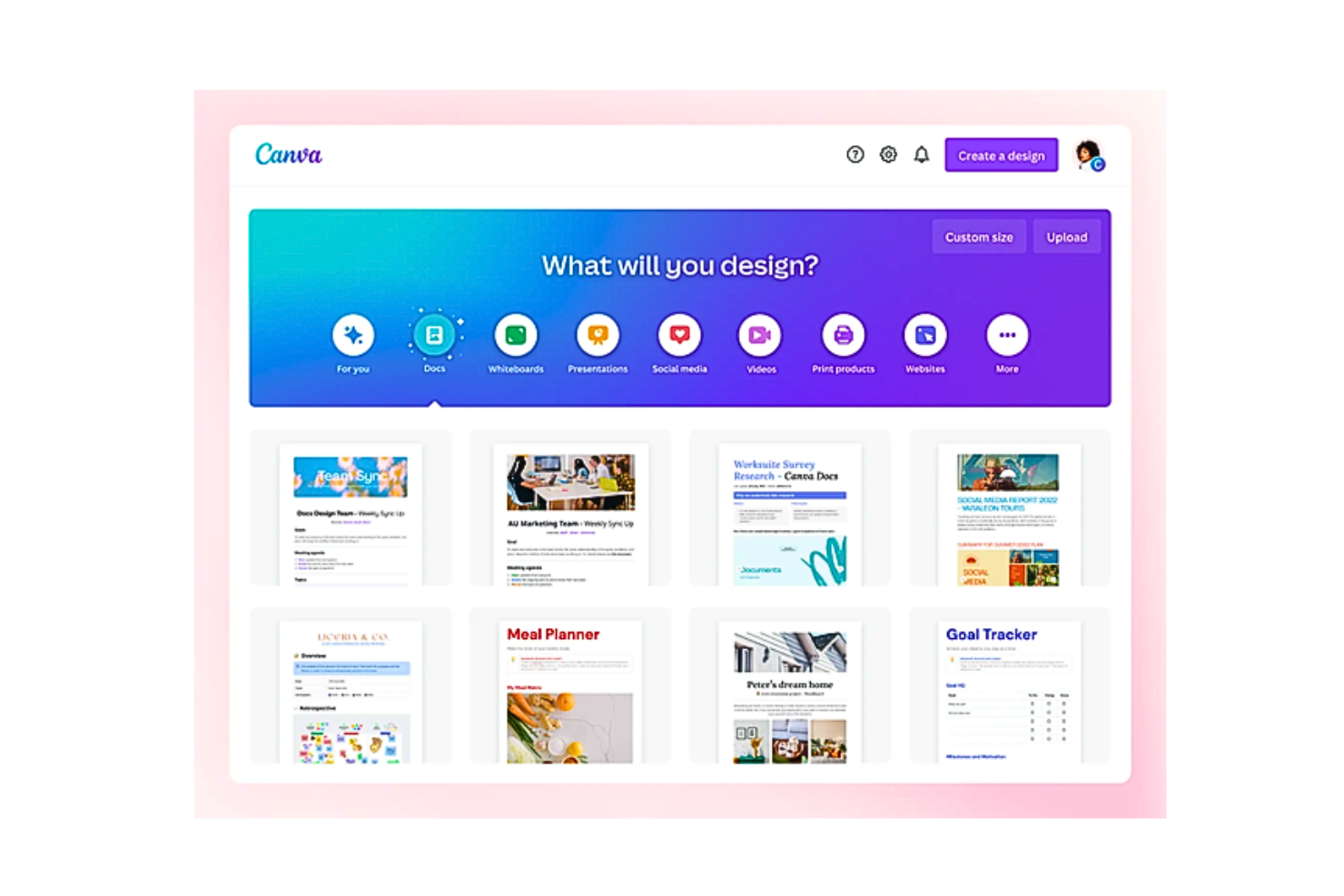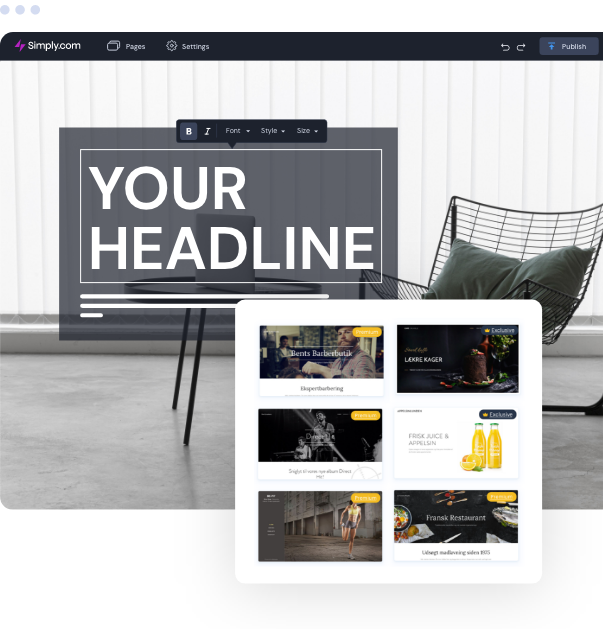How Professional Website Design Helps Build Trust with Your Audience
How Professional Website Design Helps Build Trust with Your Audience
Blog Article
Modern Website Style That Records Interest and Converts
In a significantly digital landscape, modern web site design has actually emerged as an essential variable in catching customer focus and driving conversions. By strategically using visual power structure, receptive designs, and engaging interactive aspects, developers can produce experiences that not only draw in visitors but likewise help with significant communications. Efficient call-to-action methods play a critical duty in directing users toward desired results. As we discover these necessary parts, it ends up being clear that understanding their interaction can dramatically influence a web site's performance and customer satisfaction. What are the crucial elements that truly make a difference?
Significance of Visual Pecking Order
Visual pecking order is an important aspect in site design, as it overviews users' attention and enhances their total experience. By tactically arranging web content, developers can direct users to the most important details first, consequently increasing involvement and enhancing usability.
Integrating a logical flow in material plan is necessary; for circumstances, placing one of the most crucial information on top of a page cultivates immediate recognition. In addition, regular usage of typography, such as varying font dimensions and styles, aids develop a clear material structure. This company not only help in navigation yet also constructs depend on, as individuals really feel extra comfortable when they can conveniently locate what they are seeking.
Ultimately, a well-executed visual hierarchy not just improves visual charm but also significantly impacts customer actions. By prioritizing important components and making certain a seamless experience, developers can effectively transform visitors right into clients, strengthening the importance of this foundational style concept in modern-day internet site advancement.
Responsive Style for All Gadgets
Creating a smooth experience across various tools is important in today's digital landscape, where users access sites from smartphones, tablets, and desktops alike. Receptive design is an essential strategy that makes sure web sites adjust fluidly to various display sizes, orientations, and resolutions. By utilizing flexible grids, images, and CSS media questions, developers can produce formats that preserve aesthetic stability and performance, no matter of the device being utilized.
The value of responsive layout expands past visual appeals; it directly impacts customer engagement and conversion rates. A website that functions well on all devices encourages longer sees and decreases bounce prices, as users are more probable to engage with web content that is easy to browse. Search engines, especially Google, focus on mobile-friendly websites in their rankings, making receptive layout a vital element of search engine optimization (SEO)
Integrating receptive design not only boosts individual experience yet also simplifies the development procedure. By producing a single website that functions across gadgets, organizations can save time and sources compared to creating separate mobile and desktop variations. Inevitably, responsive design is a fundamental method for modern-day site layout, making sure accessibility and fulfillment for all customers, no matter of their gadget.
Engaging Interactive Aspects
While a receptive layout prepares for a useful web site, including appealing interactive aspects is critical for catching customer focus and fostering much deeper connections. Website Design. Interactive elements, such as animations, quizzes, and clickable infographics, produce an extra vibrant customer experience, motivating visitors to invest more time on the website
Including interactive functions can likewise direct customers through complex details, making it much easier to digest web content. For example, interactive sliders can illustrate product variants, while ingrained video clips can provide demonstrations or testimonials that reverberate more than static pictures or text. Furthermore, gamification techniques, like benefits for engaging or completing tasks with content, can boost customer inspiration and retention.
Efficient use of interactive aspects not only enriches the customer experience but can additionally lead to greater conversion rates. It is crucial to stabilize interactivity with efficiency; extremely complex features may prevent site rate, adversely impacting customer fulfillment.
Structured Navigation Practices
Reliable navigation is a cornerstone of any kind of successful site, as it straight influences user experience and web content ease of access. Structured navigation methods guarantee that customers can conveniently find info, boosting their interaction with the site. A well-structured navigation menu should be easy and user-friendly, typically including a restricted variety of main categories to prevent frustrating site visitors.
To achieve structured navigating, designers need to prioritize an ordered framework that practically organizes web content. Carrying out breadcrumb tracks can supply customers with context concerning important link their present place within the site, permitting seamless backtracking. Furthermore, making use of drop-down menus can effectively conserve room while still providing accessibility to subcategories.
Receptive design is important, as navigating must be practical across all devices (Website Design). Mobile users, in specific, take advantage of touch-friendly menus and collapsible sections that maintain functionality without jeopardizing appearances

Reliable Call-to-Action Methods
A well-crafted call-to-action (CTA) is important for assisting users towards wanted end results on a website, as it urges them to engage with material or make a purchase. To optimize their effectiveness, CTAs need to be clear, engaging, and tactically placed throughout the site.
First, use action-oriented language that connects necessity or value, such as "Get going," "Join Currently," or "Case Your Discount." This language not only motivates individuals but likewise establishes clear expectations regarding the next steps.
2nd, take into consideration design components; CTAs should stand apart aesthetically through contrasting shades, sufficient whitespace, and prominent positioning. A button that is easy to see and click rises the possibility of user communication.
Furthermore, individualizing CTAs based upon individual habits or demographics can dramatically improve involvement. Customized messages reverberate a lot more with individuals, driving greater conversion rates.

Final Thought
These parts jointly boost customer experience, guaranteeing that site visitors remain involved and motivated to check out content better. By focusing on pop over to this site these design concepts, companies can significantly boost individual retention and conversion prices, ultimately leading to higher success in the electronic landscape.
In a progressively electronic landscape, contemporary internet site layout has actually emerged as a pivotal aspect in capturing customer attention and driving conversions.Visual hierarchy is a vital element in site design, as it overviews individuals' attention and boosts their overall experience.The value of responsive layout expands past appearances; it straight affects user engagement and conversion rates.Including receptive design not only boosts user experience however additionally enhances the advancement procedure. Ultimately, responsive style is a fundamental approach for contemporary site design, ensuring access and satisfaction for all users, regardless of their device.
Report this page